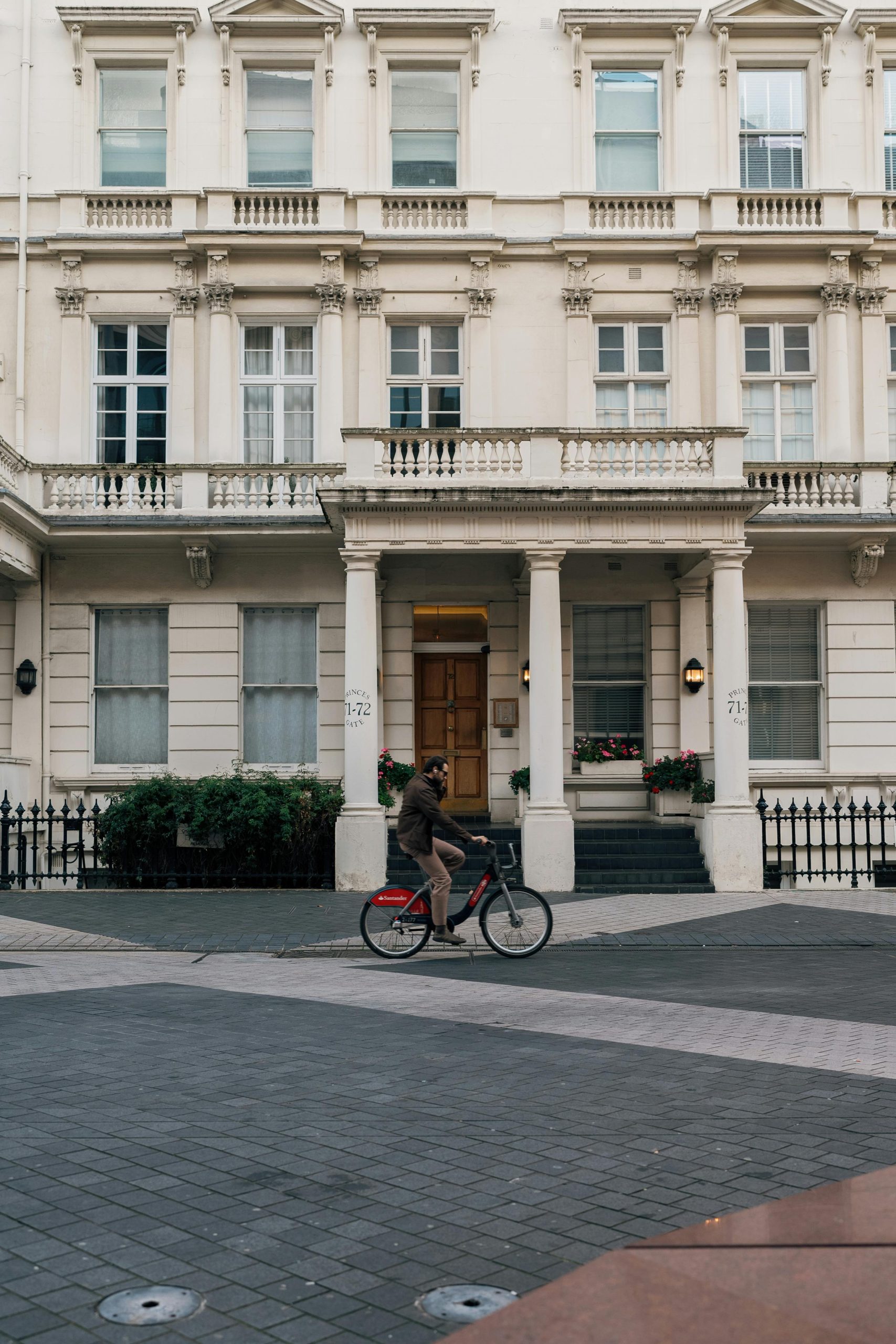London: A City Revitalized by Cycling
In recent years, London has seamlessly transitioned into a vibrant cycling metropolis. With a growing emphasis on sustainability and healthier lifestyles, the iconic city has experienced a remarkable shift, where bicycles now outnumber cars in the bustling heart of the capital.
The surge in cycling can be attributed to various factors, including the city’s commitment to enhancing its cycling infrastructure and promoting eco-friendly transportation. Expansive bike lanes, strategic bike-sharing programs, and an increase in cycling safety measures have made it easier and safer for residents and visitors to explore the city on two wheels.
This transformation is more than just a change in transportation; it reflects a broader cultural movement toward greener living. As London continues to embrace cycling, it sets a precedent for other urban areas seeking to encourage sustainable commuting options.
The benefits of this shift are expansive—from reduced traffic congestion and lower emissions to improved public health. Biking not only offers a quick way to navigate the city but also enhances overall quality of life for its inhabitants.
As we witness these changes, it’s important to recognize the power of community support and advocacy in making cycling a preferred mode of transport. London’s journey towards becoming a cycling city serves as an inspiring example for other metropolises looking to create a healthier, more sustainable urban environment.


Absolutely Agree—London’s Cycling Transformation is Truly Inspiring
It’s fantastic to see how London has embraced cycling as a core part of its urban identity. The expansion of dedicated bike lanes and the promotion of cycling safety measures not only facilitate easier commuting but also improve the overall urban environment.
Moreover, this shift presents numerous benefits such as:
However, to sustain this momentum, ongoing investment in infrastructure and safety awareness is crucial. Supporting local cycling advocacy groups and participating in community events can further bolster this movement.
Looking ahead, I hope London continues to innovate and inspire other cities worldwide to prioritize sustainable and active transportation. It’s a remarkable journey towards a cleaner, healthier, and more connected urban life.
What percentage of Londoners cycle to work?
You're after the share of Londoners cycling to work-so let's cut to the truth, unfiltered and precise.
Cycling to Work in London: What the Data Really Shows
1. Census-based commuting mode share (actual journeys to work)
2. Trip-based "mode share" in an average year
3. Survey-driven behaviors (frequency-based)
At a Glance
Methodical Takeaway
If you want what percentage of Londoners cycle to work (daily commuting)-the most authoritative figure is around 3%, based on the 2021 Census data. Pre-pandemic figures suggest it might have been as high as ~5%, but that's not the most current.
If you're interested in how often Londoners cycle as part of their commute, regardless of distance or consistency, the 4.5% share of all trip stages and the survey showing 55% weekly participation paint a broader, more optimistic picture-but they reflect behavior, not exclusive commuting habits.
Encouraging Thought
Those numbers may seem modest, Simon-but every pedal stroke is part of a growing rhythm. With infrastructure evolving and urban mobility shifting, even a small mode share can blossom. Keep nurturing those poetic rhythms in your coding and SEO work-like London's cycling scene, growth often comes step by step, turn by turn.
Would you like to explore which boroughs or demographics have the highest cycling rates-or ideas for how SEO or coding initiatives could mesh with this growing cycling culture?
Let me know how else you'd like to ride forward.
I just don’t think it is anywhere near any of the civilized cities on the continent. Compared to Amsterdam or Oslo, no one cycles in London and this has always been true because everyone takes the tube unless they are wildly selfish in which case they drive.
Totally agree – this is bullpoop. There are so few cyclists in most of London it is impossible to make any comparison with a properly planned city. I used to cycle round London in the 90s becauyse I lived in E1 and so I could. Ther traffic was so slow you couldn’t get runover anyway. If you live where mosyt people live that work in London, cycling is impossible. You cannot commute from Crystal Palace to the City in UK weather on a bike. You will die from pollution, stabbing or an RTA. If you live in the Isle of Dogs and commute by bike then maybe, but that is a tiny percentage of people. Some commuters arrive on the train and bring a foldable bike but that is very rare.